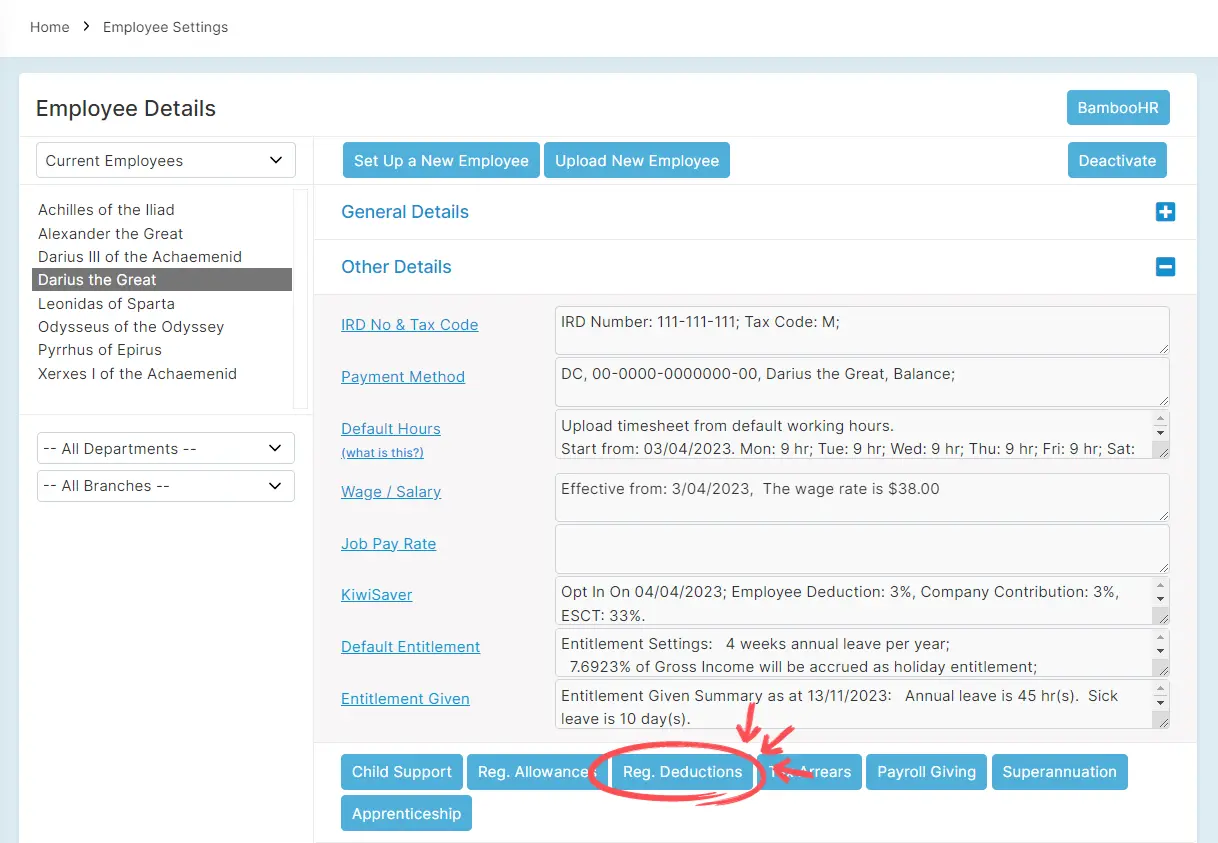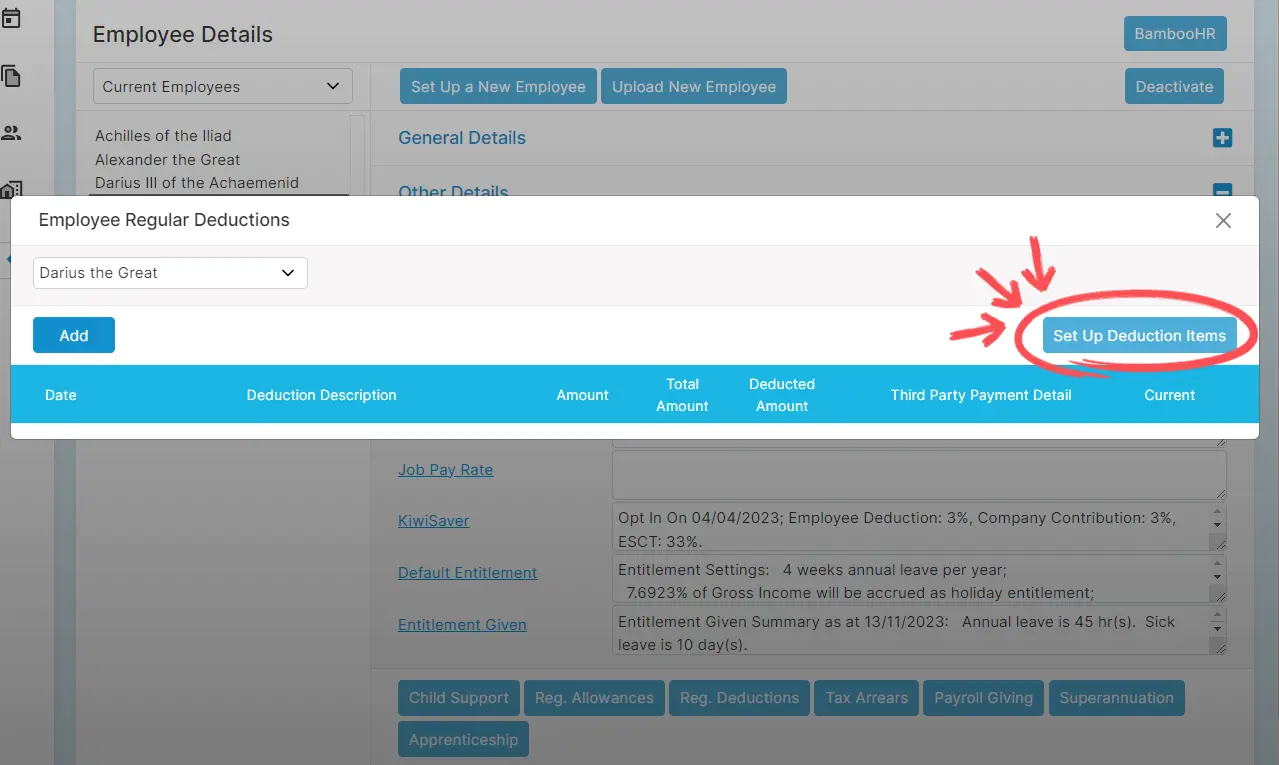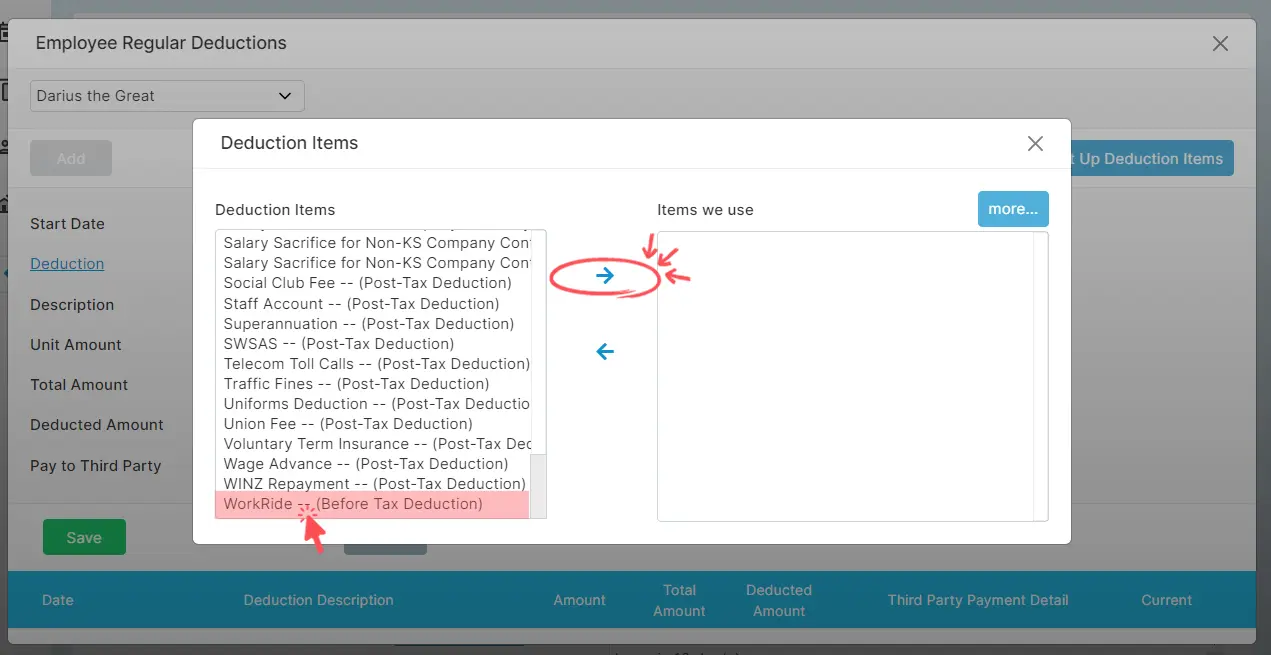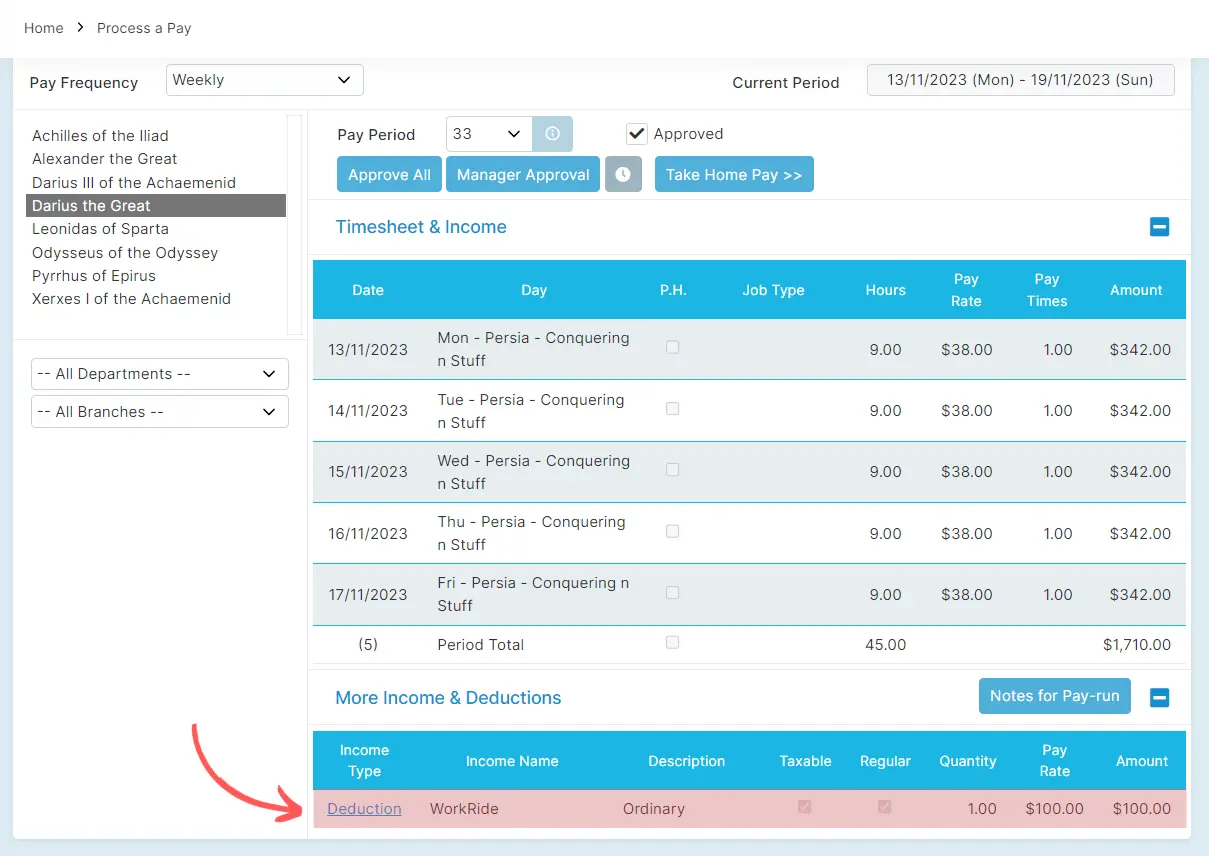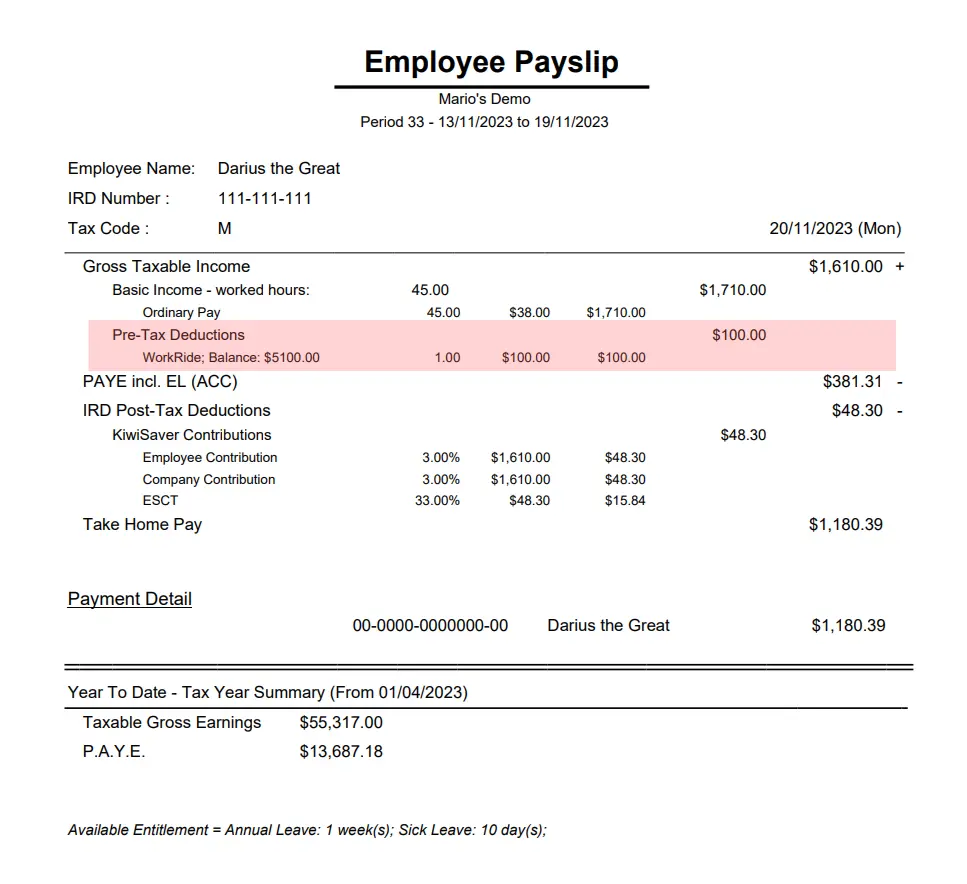Contents
Salary Sacrifice in New Zealand
-
-
- What is Salary Sacrifice?
-
- Not to be Confused!
-
- NZ’s Salary Sacrifice Strategy
-
A Greener Commute with Salary Sacrifice by Workride
Salary Sacrifice in New Zealand
-
-
- What is Salary Sacrifice?
-
- Not to be Confused!
-
- NZ’s Salary Sacrifice Strategy
-
A Greener Commute with Salary Sacrifice by Workride
Steering Towards Sustainability
The NZ government says ‘yes’ to salary sacrifice that helps people save for retirement or covers childcare but ‘no’ to anything that just cuts tax without real benefits. They’re keeping a close eye on it, to make sure it’s all about helping Kiwis, not just cutting corners on tax. That’s why salary sacrifice in New Zealand just got more interesting with Workride’s innovative scheme. It’s an environmentally friendly transportation scheme for Kiwi employees and employers alike, looking to make daily travel more eco-friendly and affordable.
Salary Sacrifice in New Zealand
What is Salary Sacrifice?
In New Zealand, salary sacrifice involves an employee agreeing to receive a portion of their pay in a form other than cash, such as higher employer contributions to KiwiSaver, a private superannuation scheme, or daycare/childcare benefits. It is a pre-tax agreement that can result in the employee paying less tax on their income. However, there are limitations and rules around its use to prevent excessive salary sacrifice as a means to avoid tax.
Not to be Confused!
Salary Sacrifice in the context of this blog is unrelated to another payroll concept of KiwiSaver Salary Sacrifice, which is also called KiwiSaver Total Remuneration. This option can also be set up in Crystal Payroll but is separate to this article, and tends to benefit the employer more than the employee.
NZ’s Salary Sacrifice Strategy
The history of salary sacrifice in New Zealand has been closely tied to tax legislation and the desire to ensure fair taxation across different income levels. Concerns about the misuse of salary sacrifice for tax purposes have been addressed by the government. In 2006, Finance Minister Michael Cullen and Revenue Minister Peter Dunne highlighted the growing misuse of salary sacrifice arrangements, particularly concerning superannuation funds, which could result in significant tax disparities.
The ministers addressed this with the following statements:
“In many cases, high-income employees ‘sacrifice’ their salary merely to reduce their income tax. They do this by arranging a dramatic reduction in their salary in return for a proportionate increase in employer superannuation contributions, which are taxed at a rate lower than their salary,”
That is a misuse of the tax rules on employer superannuation contributions that results in great unfairness to other taxpayers on similar incomes. In the extreme, those who take advantage of salary sacrifice may well pay thousands of dollars less in tax than others on the same income. “
To address these issues, the government considered changes to the tax rules to counter extreme salary sacrifice practices, seeking to strike a balance between encouraging retirement savings and maintaining equitable taxation.
New Zealand’s salary sacrifice strategy is cautious but deliberate. By allowing salary sacrifices that align with social welfare and economic stability, the government aims to support its citizens without compromising the tax base. This selective approach ensures that salary sacrifice doesn’t become a vehicle for tax evasion but remains a tool for financial well-being. An effective salary sacrifice scheme in New Zealand is one that’s beneficial, compliant, and does not exploit loopholes – a reflection of the government’s commitment to equitable tax practices, prevention of tax base erosion and positive societal benefits.
A Greener Commute with Salary Sacrifice by Workride
At the forefront of transforming New Zealand’s daily commute into a more environmentally friendly journey is Workride. Workride has introduced a new scheme, the Ride-to-Work benefit scheme, designed to benefit both employers and employees. This initiative is not just about providing eco-friendly commute options; it’s a commitment to accessible and cost-effective cycling, aiming to alleviate traffic congestion, encourage healthier living, and inspire a more energized workforce. Workride is changing the way employees travel to work, making the daily trip not just more eco-conscious but also tax-efficient.
Receiving the Inland Revenue Department’s (IRD) stamp of approval in the form of a binding ruling, this green transportation initiative stands out for allowing employees the opportunity to acquire a bike, e-bike, or scooter through an effective sacrifice. When an employee chooses to sacrifice a portion of their salary for a Workride benefit, the amount is deducted from their pre-tax income. This leads to savings on PAYE, KiwiSaver, and ACC levies for both the employee and employer. So instead of paying tax, and then buying a ride with your after-tax income, Workride enables employees to sacrifice a portion of their pre-tax pay for a chosen ride benefit, ultimately meaning employees get the ride at a lower cost! Upon completing the initial leasing term, employees are given the option to take ownership of their new ride, enabling them to permanently shift to more sustainable commuting methods.
WorkRide, freshly launched, is rapidly gaining momentum, collaborating with hundreds of employers across councils, businesses, and government agencies to roll out their free benefit scheme for their teams. Excitingly, this initiative is available throughout New Zealand, boasting a network of over 70 approved partner stores where you can select your ideal bike, e-bike, or scooter.
What’s more is that with Workride’s new approved scheme, the benefits of acquiring a bike, e-bike or scooter to employees under a salary sacrifice fall under the recent FBT exemption for employer-provided low-power vehicles for commuting to and from work. This means that under the Workride scheme, neither the employer nor the employee will incur FBT on the ride benefit, making the program more financially attractive for both parties. Workride’s new scheme encourages alternative, greener transport options in the workplace with a cost-effective strategy.
Workride’s Ride-to-Work program is completely free for employers to use and its dedicated software platform expertly manages all administrative tasks, from handling tax issues to maintaining regulatory compliance. Employers simply need to enroll, review, approve, and pay for the benefits, with Workride taking care of the rest, allowing them to offer significant employee benefits with ease.
If you’re an employer whose passionate about providing your employees with a cost-efficient and sustainable way to travel to work, Workride is looking for employers to join the Ride-to-Work scheme. If this sounds like an initiative that could benefit your workplace or know someone who might be interested, you can start registering on their website here.
Or, you can learn more about how the scheme works here.
Let’s illustrate this with an example:
Say Katie wants to join the Workride scheme and chooses a $5200 e-bike ride benefit.
Katie earns an annual salary of $80,000, earning $1,538 weekly gross. She usually pays $356 in PAYE and ACC Levy and $193 towards her Student loan and KiwiSaver (Assuming 4% KiwiSaver and Student loan).
In exchange for getting her ride benefit, she agrees to a pre-tax salary sacrifice of $5200 total which works out to be $100 weekly towards her WorkRide e-bike. This means her weekly taxable income now drops from $1,538 to $1,438.
With a drop in taxable income, her PAYE and ACC Levy also drops. Her PAYE and ACC Levy drop to $322 and her Student loans and KiwiSaver drops to $177.
Overall, her net pay has reduced from $988 to $939.
So Katie’s salary sacrifices $5200 total, which is $100/week equivalent to taking up a ride benefit, but it only reduces her net pay by $49!
In the end, even though Katie has sacrificed $5200 pre-tax for the e-bike over the year, through Workride it has effectively only had a net cost of $2,572 considering the tax savings & cost offset! How epic!
Workride also has a video to demonstrate the savings and their offsets.
So how exactly does the Ride-to-Work scheme save employees money when they acquire their new ride? Through Workride’s salary sacrifice scheme, employees can save money by temporarily reducing their total taxable income, which in turn lowers the amount of tax paid. When employees earn less on
Payroll for Workride’s New Scheme
Using WorkRide’s new Ride-to-Work benefit scheme means there might be some tweaking required to your payroll to handle salary deductions before taxes. It’s essential for employers to have a payroll system that’s up to the task—accurately handling these deductions and keeping everything compliant with tax laws.
Simple Salary Sacrifice with Crystal Payroll
Crystal Payroll offers a solution that integrates these new payroll needs smoothly. With features to manage pre-tax benefit deductions, Crystal Payroll takes the complexity out of the equation, ensuring employers can offer WorkRide’s benefits hassle-free. It’s the smart way to keep your payroll compliant and your employees happy with their new wheels.
Here’s how we’ve tailored our system to facilitate the Ride-to-Work scheme:
New Pre-Tax Deduction Code: We’ve created a specific pre-tax deduction code in our system for the Workride scheme. This allows employers to set up the salary sacrifice efficiently, ensuring the deduction is made before tax and in compliance with New Zealand tax laws.
Automated Deductions: Once set up, our system automatically calculates the pre-tax deductions each pay cycle. This hassle-free automation ensures that the correct amounts are deducted, PAYE is accurately adjusted, and employees’ take-home pay reflects the tax benefits of the scheme.
Reporting and Compliance: Our system generates detailed reports that track the salary sacrifice deductions for employers and employees, giving employers transparency and tax compliance. Employers can readily access these reports for their records and tax filing needs.
Ease of Setup: Employers can quickly establish the Workride scheme for their employees through our intuitive interface. The setup process is designed to be straightforward, to ensure that the salary sacrifice is implemented correctly from the start.
Support and Guidance: Crystal Payroll provides exceptional support to ensure that employers understand the setup and management of the Workride scheme within our system. Our team is equipped to handle inquiries and provide detailed guidance. You can call us at (09) 480 0123 or contact us here.
Payroll Setup for Workride Benefits: A Step-by-Step Guide
Disclaimer: This blog post is intended for informational purposes and should not be considered as financial or legal advice. Always consult with professionals for tailored guidance.
